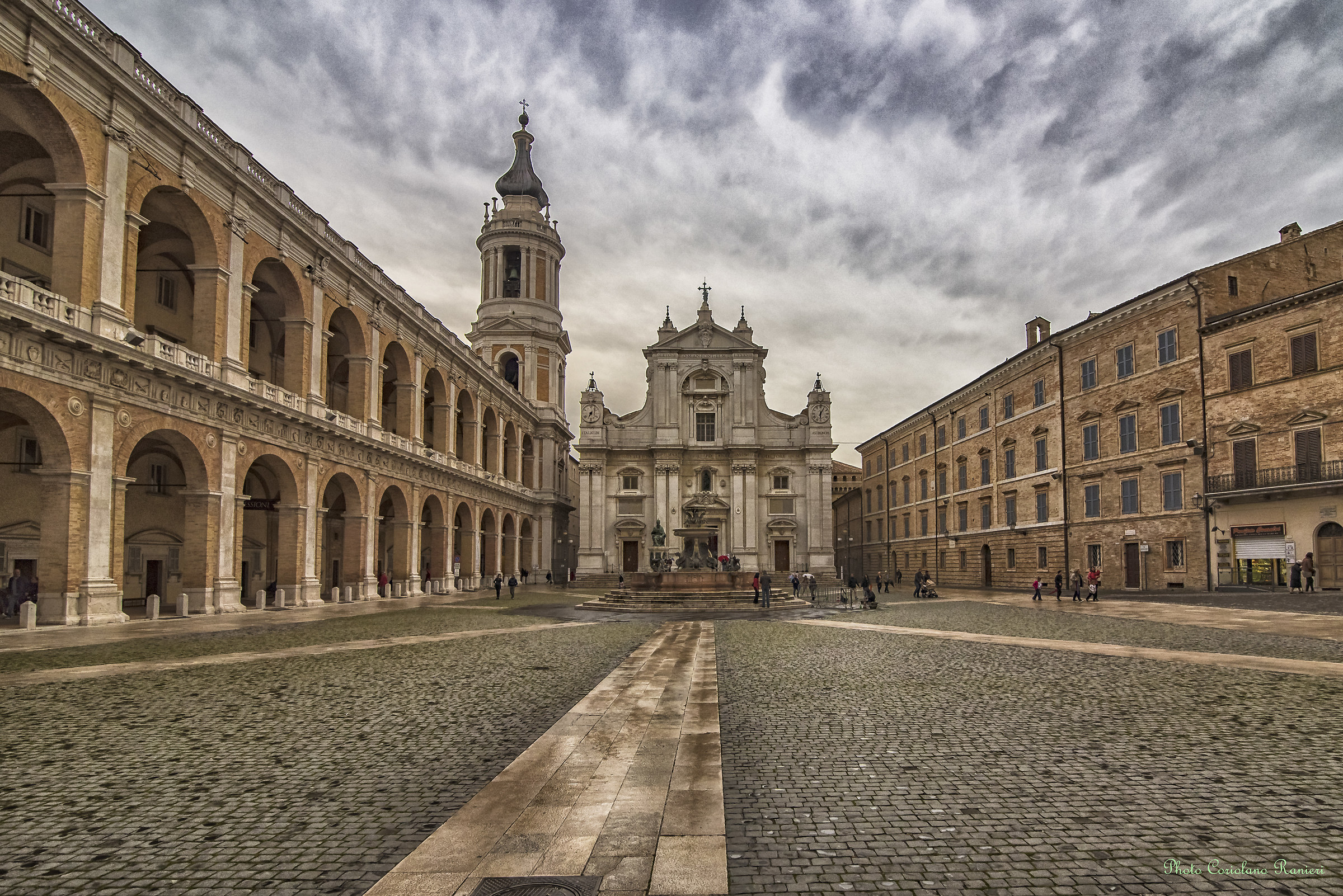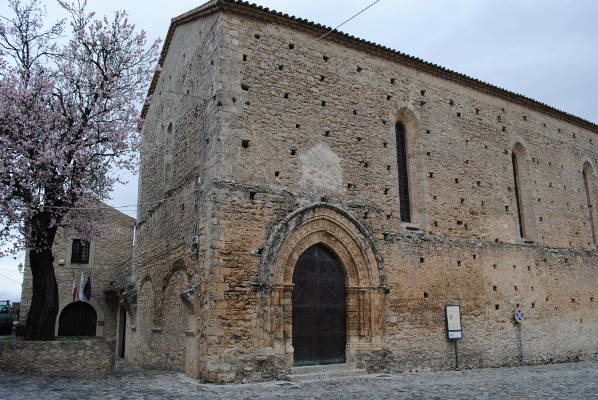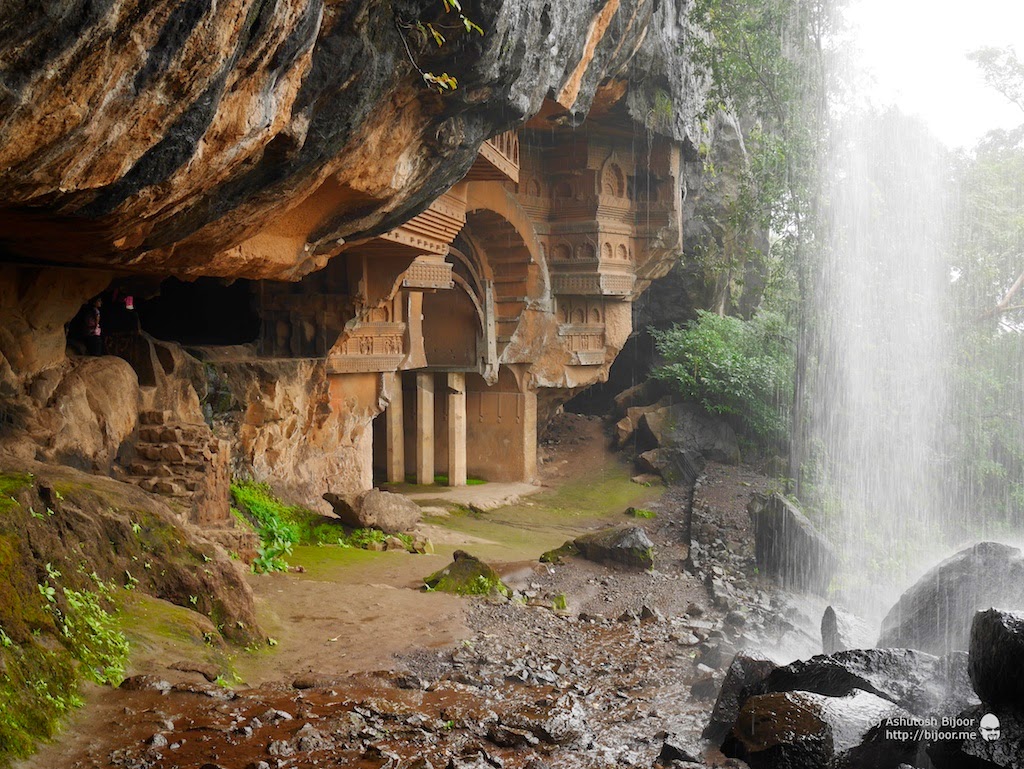The splendid city of Loreto, immersed in the Marche countryside, owes its fame to the sanctuary where the Holy House of the Virgin Mary is preserved and venerated; a sacred place, defined by John Paul II as the " the true Marian heart of Christianity ".
The sanctuary has been for centuries and is still today one of the most important places of pilgrimage in the Catholic world. It has been visited by about 200 saints and blesseds, and by numerous Popes. According to an ancient tradition, today proven by historical and archaeological research, the Holy House is the very house of Nazareth where Mary was born, was educated and received the angelic announcement.
The house consisted of a masonry room consisting of three stone walls placed to close a cave dug into the rock.
The cave is still venerated in Nazareth, in the Basilica of the Annunciation, while the three stone walls, according to tradition, were transported to Loreto in 1294 when the Crusaders were expelled from Palestine.
Documents and archaeological excavations confirm the hypothesis that the walls of the Holy House were transported to Loreto on a ship, on the initiative of the noble Angeli family, who ruled over Epirus.
A document, dating back to 1294 and recently discovered, would attest that Niceforo Angeli, despot of Epirus, in granting his daughter Ithamar in marriage to Philip of Taranto, son of the King of Naples, Charles II of Anjou, gave him a series of goods among which appear: " the holy stones taken away from the House of Our Lady the Virgin Mother of God ".
From the middle of 1400, to protect these humble stone walls and to welcome the growing crowd of pilgrims visiting the sacred relic, work began in Loreto on the construction of the magnificent sanctuary.
Among the most valuable works, the marble cladding that surrounds the walls of the Holy House, commissioned by Julius II and designed by Bramante (1507) is considered one of the greatest sculptural masterpieces.













